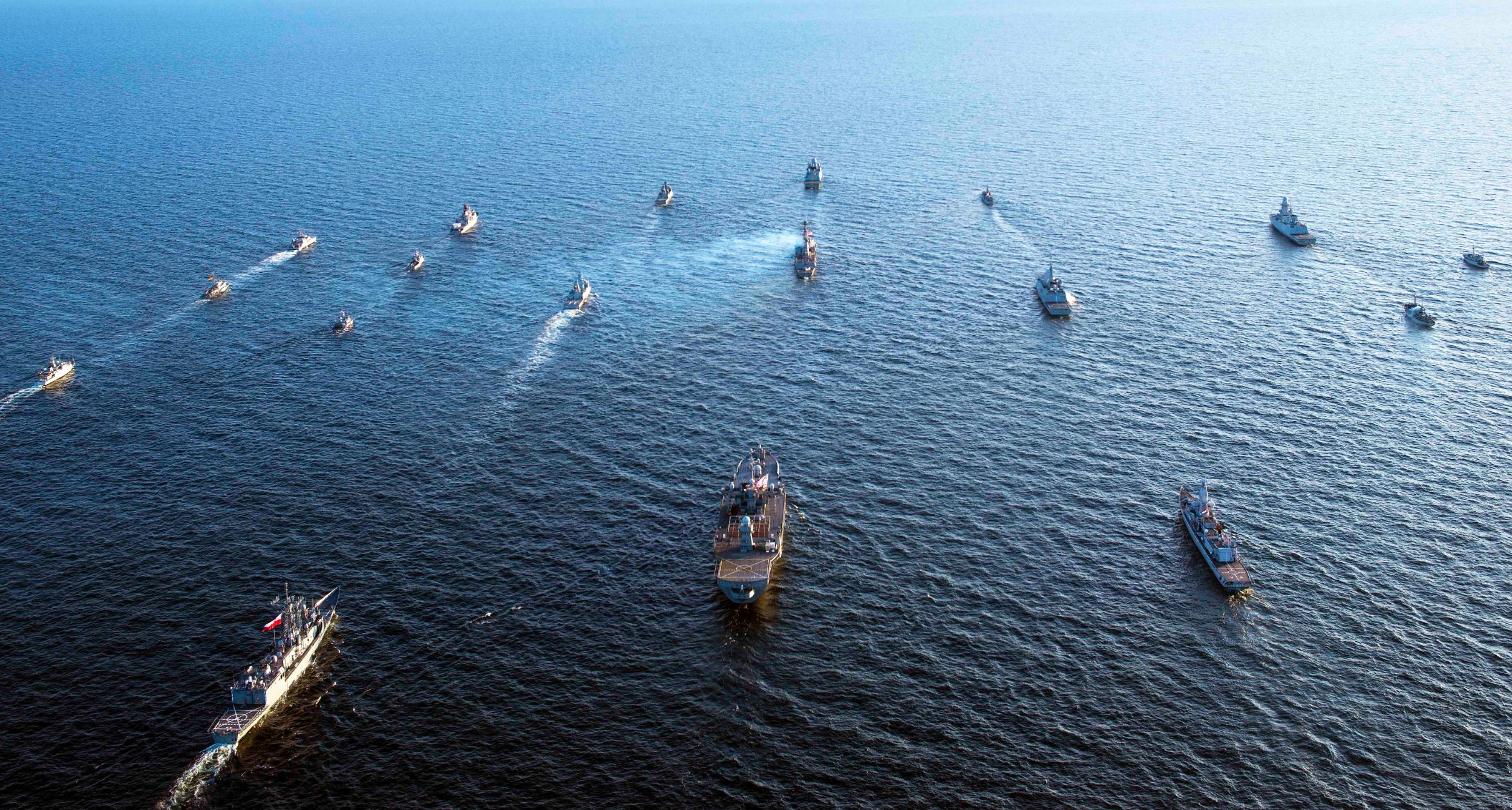NATO’s northernmost members, including Norway, Sweden, and Denmark, are preparing for possible undersea conflicts with Russia, amid growing concerns about the latter’s intact submarine fleet after 16 months of war in Ukraine. Nordic countries are investing in and focusing on their submarine fleets to track and counter Russian undersea capabilities, with an emphasis on anti-submarine warfare. Sweden’s sophisticated Gotland-class submarines and planned A-26 Blekinge-class subs, along with Norway’s current and future fleet, are central to these efforts.
Key Points:
- Russia’s Submarine Fleet: Despite significant losses in Ukraine, Russia’s Northern and Baltic Fleets, including 30 combat submarines, remain formidable. The fleets could pose a challenge to NATO by disrupting supply routes and maritime activities.
- Nordic Investments: NATO’s northern members are spending more time on anti-submarine warfare and expanding their undersea fleets. Sweden’s Gotland-class submarines, known for their stealth, and upcoming A-26 Blekinge-class subs are central to the strategy.
- Challenges and Advantages of the Baltic Sea: The unique conditions of the Baltic Sea, including its depth and varying salinity, pose challenges to submarine operations. Swedish expertise fills a NATO gap in this area, making their subs the top predators in these conditions.
- Norwegian and Danish Strategies: Norway is upgrading its Ula-class submarines and planning to introduce German-built U212CD subs between 2029 and 2035. Denmark, having decommissioned its last sub in 2004, is considering acquiring submarines or collaborating with allies.
- Potential Swedish NATO Membership: Sweden may soon join NATO, bringing its military, specifically its advanced submarine fleet, into the alliance. This expansion could significantly enhance NATO’s ability to counter Russian undersea threats in the Baltic Sea region.






